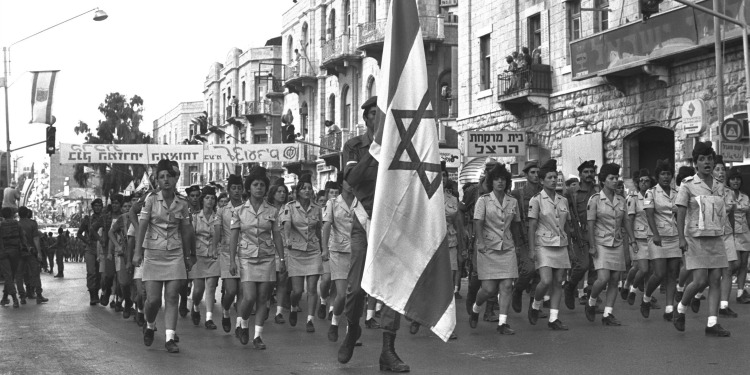Jerusalem Day
Stand for Israel | May 31, 2019

Typically during the month of May, Israel marks Yom Yerushalayim — Jerusalem Day — the commemoration of the Holy City’s miraculous liberation during 1967’s Six Day War.
It is one of the most compelling stories in Israel’s history. In 1967, Egypt blocked the straits of Tiran, putting a stranglehold on shipping in and out of Israel’s crucially important southern port, Eilat. The combined armies of Egypt, Jordan, Syria, Iraq, and Lebanon were poised for attack on the borders of the tiny Jewish state.
Israel was presented with a sobering choice: Wait to be invaded, or fight back in self-defense. Knowing that her very existence was in peril, she chose the latter course. The resulting battle, the Six Day War, ended in a stunning victory for Israel that led to the reunification of Jerusalem under Israeli rule.
But why was Jerusalem divided in the first place? We must remember that even after the formation of the state of Israel, the fate of Jerusalem was still very much in question. In the war that followed Israel’s declaration of independence in 1948, Jordan seized control of and annexed the eastern part of the city, including the Old City.
In its thousands of years of existence, Jerusalem had never been divided, and this division was crippling to the city and the life of its residents. Upon the capture of East Jerusalem by Arab forces, the Jewish quarter of the Old City was destroyed and its residents expelled. Scores of synagogues were likewise destroyed, and the ancient Jewish cemetery on the Mount of Olives was desecrated. Jews were denied access to their holy sites, including the Western Wall, the holiest in all Judaism. Christians’ access to their holy sites in the Old City was severely restricted. Jordanian snipers perched on the walls of the Old City fired at will upon Israelis across the armistice line.
And what does Jerusalem look like today, now that the city has been united for 52 years under Israeli rule? The contrast is stark. It’s a bustling, at times chaotic city, brimming over with activity and commerce. It’s a place where religious freedom is written into law and respected in practice, where Jews, Christians, and Muslims live together and are free to worship according to their beliefs. It’s a city where ancient history is respected, but modern life is allowed to flourish; there is nowhere in the world where the balance between ancient and modern is as respected as it is in Jerusalem.
The psalmist wrote, “If I forget you, Jerusalem, may my right hand forget its skill. May my tongue cling to the roof of my mouth if I do not remember you, if I do not consider Jerusalem my highest joy” (Psalm 137:5-6). This passage of scripture expresses beautifully, and with great poignancy, the longing of the Jewish people for their ancestral capital during millennia of exile. Today, we thank God that longing has been realized.
